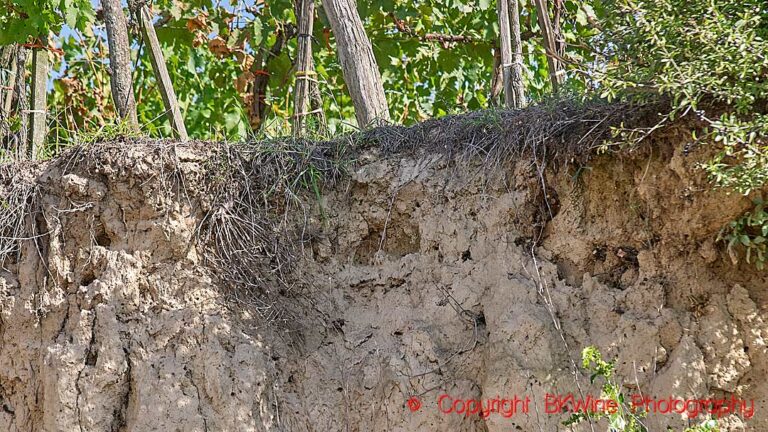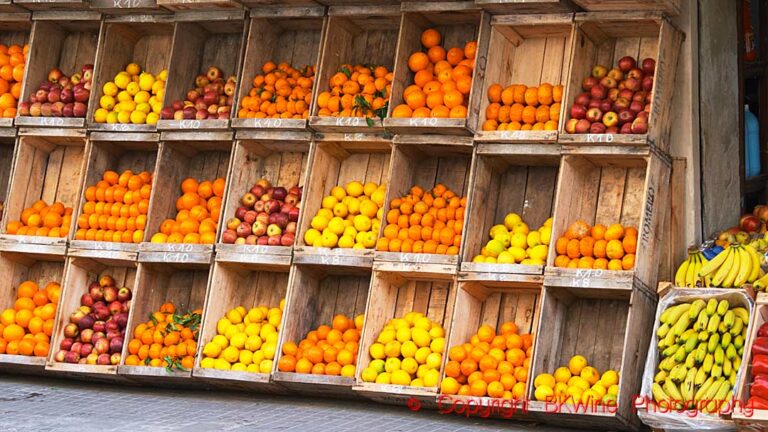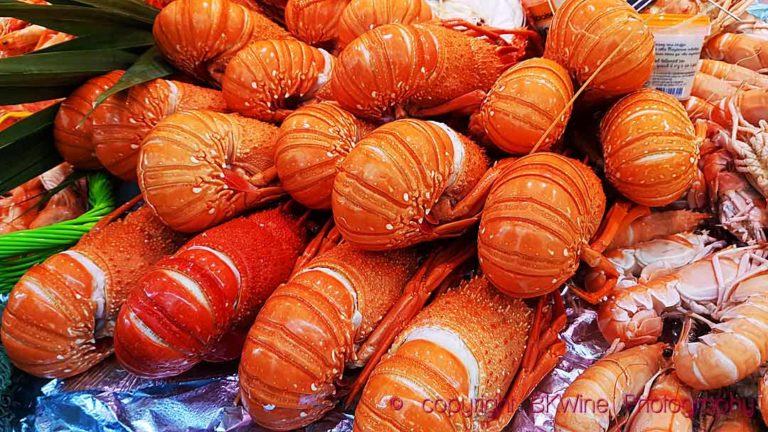Kalla Fakta (Cold Facts) is a Swedish investigative news program at TV4. A program that is always watched by a lot of people. The November edition of the program was called “Poison in your glass” and the big news was that the wine industry uses additives in the cellar for the winemaking and chemical products in the vineyards.
I would not exactly call this news. There can hardly be any adult person who drinks wine today that are not aware of these facts. For better or worse, today we have an agriculture that is dependent on synthetic chemical products. That some of these are toxic can hardly be news to anybody. But it is much less today that what used to be the case.
Of course it is not ideal that the wine growers have to use these products. So far I agree with the program. But I do not like sensational journalism aimed at scaring people by telling, not lies, but half-truths and simplifications that are more obscuring than informative. They tried to make the pesticide residues and additives in wine more dangerous than the alcohol.
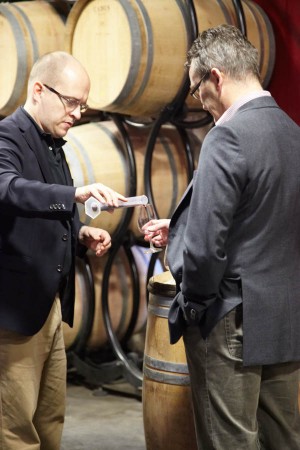
“It sounds reasonable”, said a researcher, not once but twice, that the hangover is really caused, not by the alcohol but by the pesticides and/or the additives. A highly questionable statement. The residues the journalists in the program found in four out of 10 analysed bag-in-box wines were very, very low and probably quite harmless compared to the dangers of alcohol.
Residues are found in all types of wines when similar analyses are made in France, also in more expensive wines than the ones analysed in Sweden.
How much you have to spray is as much, or more, a question of climate as it is of the price of the wine. Of course it would be better to have zero spraying and zero residue. And of course there are allergic people who are extremely sensitive. But it is a choice we, collectively, have made. We (in a global sense) have chosen to have an agriculture that requires chemical spraying. We now have to live with the consequences.
In the program the journalists suggested to Systembolaget, the Swedish state monopoly, that they should check all wines for residues. And then what? Should Systembolaget stop selling the wines with positive results or should they inform the customers about it? Maybe write under the flavour description that this wine contains thiophanate methyl and can cause cancer? (But the alcohol in wine is also believed by some researchers to cause cancer…)
There are rules for how and when you can spray your vineyard and which products you can use. Why should we expect more of a wine grower than that he follows the rules?
If anybody is afraid of getting sick from these residues they can choose to buy only organic wines. These are not completely safe. Pesticide residues can be found in these wine too. The vineyards are close together and you can get “infected” by your neighbour if he is not organic too. But the risk is much smaller. And the big danger is actually the alcohol that these wines contain too.
The other thing on the agenda in the program was additives used in winemaking. Here the main concern was allergenic products that may be found in the finished wine and the fact that wine has no obligation to list its ingredients on the label.
According to the program wineries are nothing more than chemical laboratories. This is nothing less than an outrage, according to the program, and to stress their point they show a winemaker pouring dry yeast into the tank. To make wine is a chemical process, yes. Without knowledge of chemistry you will probably not succeed in making a good wine. But why, in a program that is supposed to be about “poison in your glass” dedicate a substantial part of the program to added dry yeast? For whom exactly is this dangerous? Yeast can affect the taste of the wine, yes, but that is quite another thing. (And by the way, try making bread, another foodstuff, without adding yeast!)
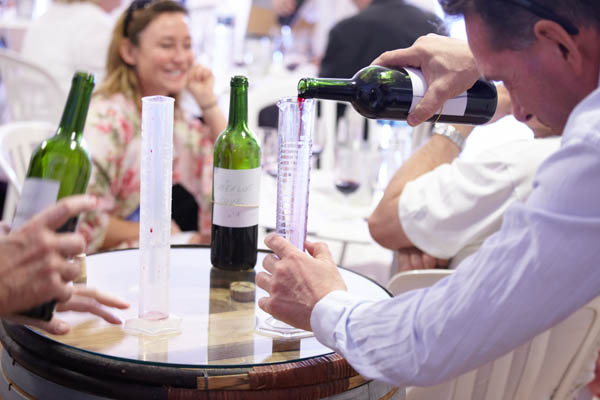
The wine industry is exempt from the general rule that packaged foods must declare its content on the label. In the program the British wine journalist Malcolm Gluck says the reason is that wine producers want to keep the image of wine as a natural product. But it is more complicated than that.
There are rules to help persons with an allergies. Wine producers have to mention on the label if (or more correctly, “that”) the wine contains sulphites. The limit is 10 mg/l and in practice all wines contain this much because sulphur is found naturally in wine.
It also has to be indicated if there are traces in the wine of egg or milk products. Albumin and casein are sometimes used to n the winemaking to clarify the wine. Normally, these products do not remain in the finished wine after the clarification process. But if the wine producer uses these products he has to analyse the wine to verify that it is all gone and if not, he has to mention it on the label.
This is the wine industry’s problem in a nutshell and the reason for its opposition to listing the ingredients. For what should this list include? All products used in the making of the wine or just the ones where there remain traces?
On the list of additives that Kalla Fakta published on their website they mention that tartaric acid can induce hypersensitivity. Tartaric acids are of course found naturally in a wine, exactly the same tartaric acids as the added ones. Should it be stated on the label that the wine contains tartaric acid or that tartaric acid has been added? It is the same with tannins, lactic acid and several other substances that are all naturally found in wine and sometimes added. People might as well be allergic to something that is naturally present in the wine.
Making labelling rules when it comes to wine is not easy.
Well, I suppose people will soon forget this program and why they were upset. That is how humans work. And television. But if more people buy organic wines thanks to Kalla Fakta, at least that is one positive thing coming out of this program. And for those who were upset and scared of hearing about the residues, even if in this case the program Cold Facts was very short on “facts” and full of empty tabloid sensationalist journalism, the choice should be easy. But people tend to forget so quickly.
If you want to know more about wine and the environment, as well as treatments in the vineyard and additives in wine (and what they are good for), you should read this book (available in English in 2014).
Here is a (shortened?) subtitled version (English) of the program:



